When you plan a road trip with your camper, towing it with a truck is an excellent option. But towing a camper is more complex than hooking it up and driving. To protect yourself and your surroundings, you have to follow a systematic process.
Before towing a camper with a truck, you must know your truck’s towing capacity, including factors like wheelbase, driveline, axle ratio, and engine specifications.
Following that, if your truck does not have a hitch, you need to install one along with a suitable ball mount. After installing the hitch, you can attach the camper and hit the road.
We will explain in detail how to tow a camper with a truck so that you can enjoy your trip safely and comfortably.
How to Tow a Camper With a Truck: Step-By-Step Guide
To tow a camper with your truck, you need to follow these five steps:
Step 1: Check your truck’s towing capacity
Step 2: Install a hitch (If not installed)
Step 3: Connect the camper coupler
Step 4: Latch the coupler and connect the safety chains
Step 5: Drive the truck at the ideal speed limits
Now we will explain each step in detail, so you can easily follow the process and tow your camper safely.
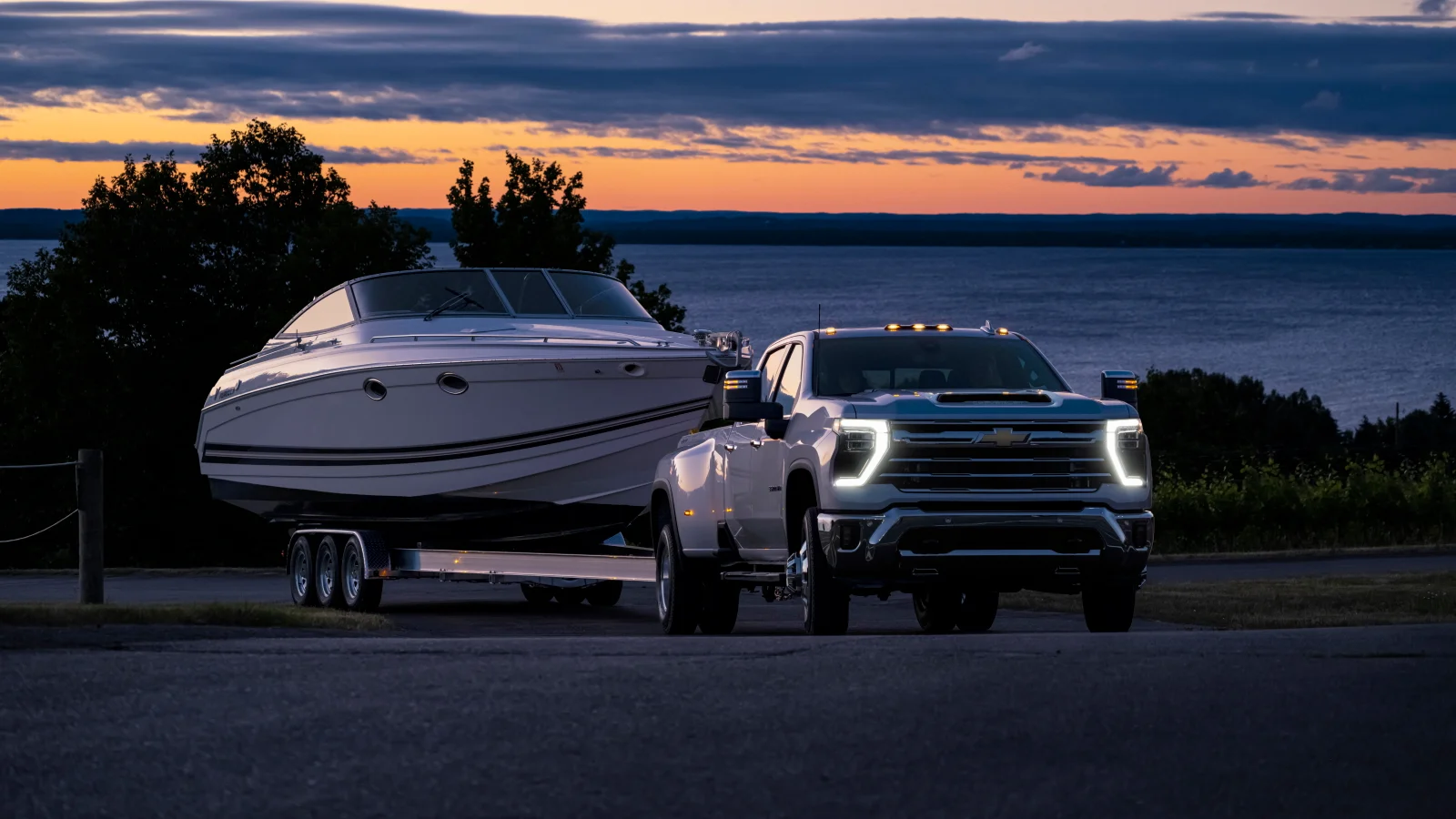
Before towing your camper with a truck, you need to understand your truck’s towing capacity. Generally, you can find the gross combined vehicle weight rating on the placard on the driver’s side door. If you can’t locate the placard, check your truck’s owner’s manual.
It will have all the necessary information about your truck’s towing capacity. This rating indicates the maximum weight your vehicle can safely tow, including the camper’s weight and any cargo.
Once you have this figure, subtract your vehicle’s curb weight to find the safe towing capacity. We advise you to stay within 80% of the maximum capacity for safety, just like a professional towing company does.
Also, consider factors such as wheelbase, driveline, axle ratio, and engine specifications when determining your truck’s towing capacity.
Read Also: Top 8 Essential Camping Gears for a Memorable Trip
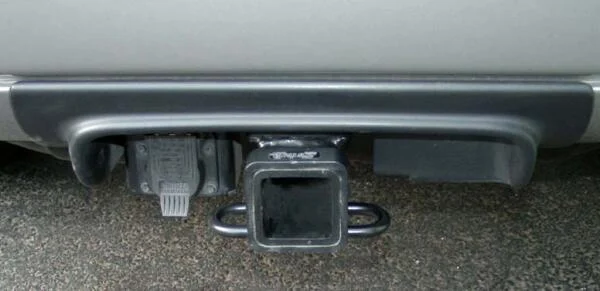
If your truck lacks a hitch, you need to select a suitable hitch and ball mount that align with your camper’s weight and towing requirements. Also, ensure that the hitch is compatible with your truck’s make and model, and factor the hitch weight into your overall tow rating.
To install the hitch on your truck, position the hitch over the truck’s frame, align the bolt holes, and secure the hitch using the provided bolts, washers, and nuts. Next, insert the ball mount into the receiver and secure it using the provided pin and clip.
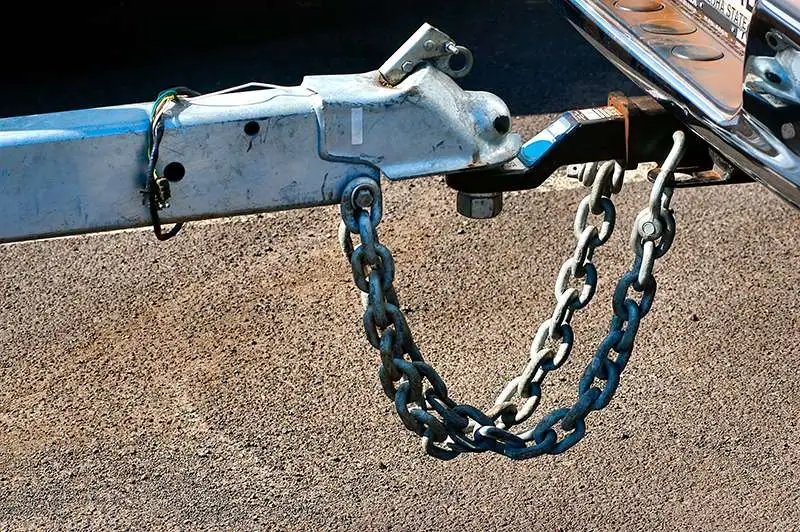
After you’ve successfully installed the hitch and ball mount, you need to connect the camper coupler to your truck. Start by positioning your truck in line with the camper.
After aligning your truck and camper, slowly back up to position the ball hitch on the truck in line with the coupler on the camper tongue. Once aligned, lower the camper onto the ball hitch, ensuring a secure fit.
Use the camper jack for minor adjustments, ensuring the ball and coupler are snugly connected. Double-check that the locking mechanism on the coupler is engaged and secure.
Read Also: Outdoor Adventure: The Ultimate Guide to Off-Road Camping Trailers
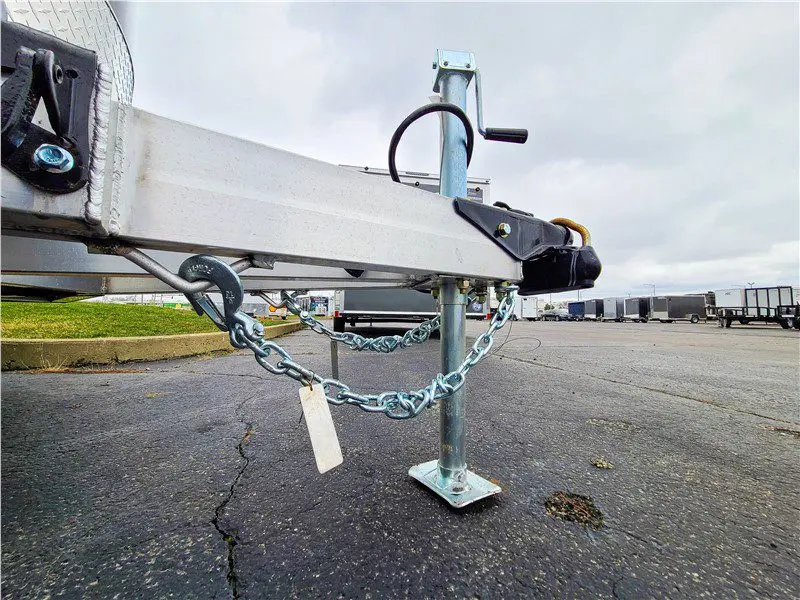
Now, you have to latch the coupler and connect the safety chains to ensure added stability and security while towing. To latch the coupler, engage the coupler latch mechanism, ensuring that it fully encases the ball hitch. Confirm that the latch is fully closed and locked into place.
Next, connect the safety chains by crossing them in a crisscross pattern under the camper tongue and attaching each end to the designated anchor points on your truck. This setup provides additional stability and acts as a safety measure in case the coupler fails, preventing the camper from separating from the truck.
Double-check the security of the coupler and safety chains before towing to ensure a safe and reliable setup.
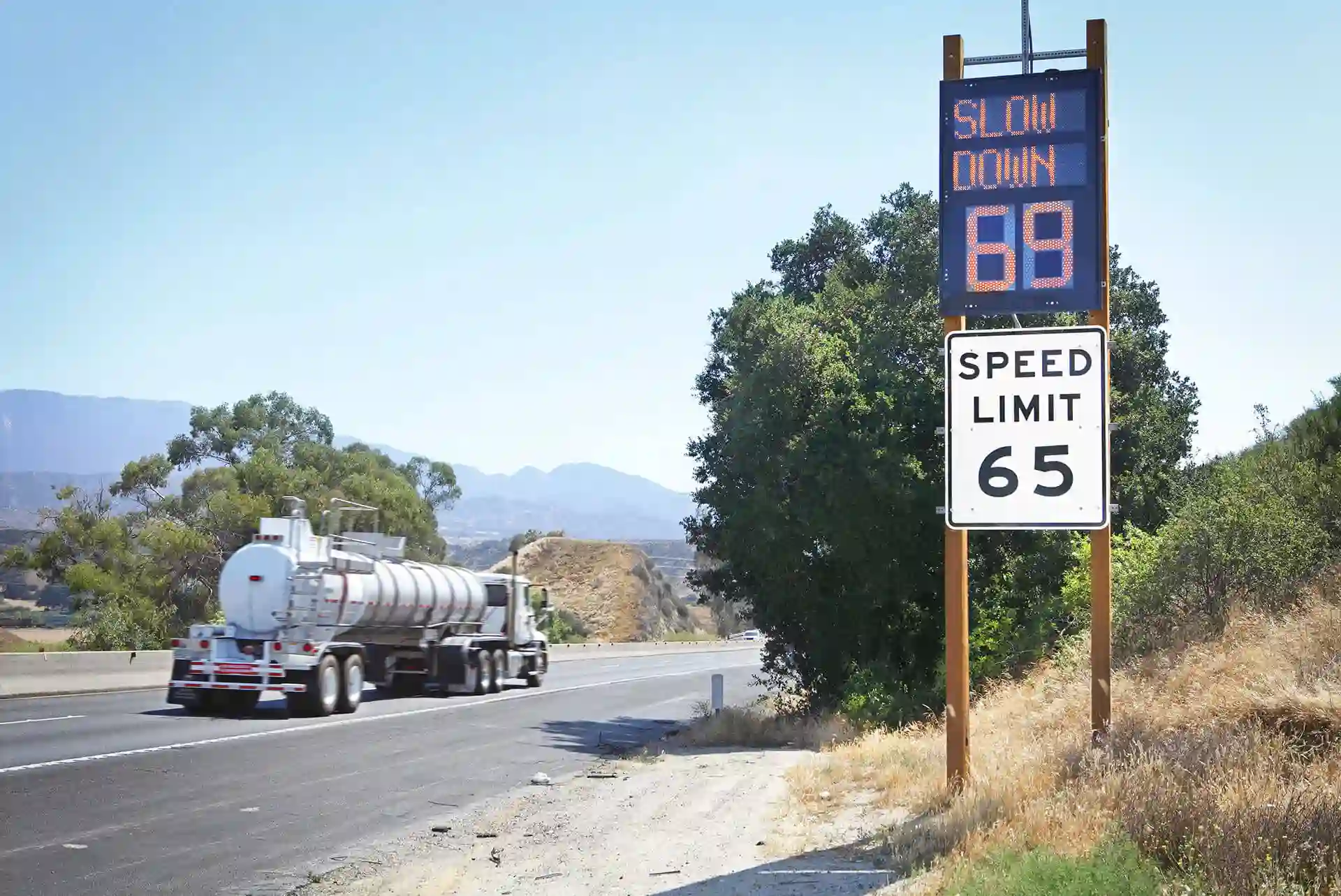
Drive the truck at or below the 55 mph speed limit for vehicles towing a camper, ensuring safe and controlled maneuvering. When navigating through curves or adverse weather conditions, maintain a moderate speed for stability and control.
Driving steadily also helps conserve fuel and reduces the risk of swaying or fishtailing. Be mindful of speed limit variations for towing vehicles, which may differ from regular vehicle limits.
Read Also: Exploring Beaver Bay Campground: 101 Short Guide
What is the typical towing capacity of a truck?
The typical towing capacity of a truck varies depending on the make, model, and specifications of the vehicle. Trucks designed for towing purposes often have a towing capacity ranging from 3,500 to 30,000 pounds or more.
Factors like engine power, transmission type, axle ratio, and additional towing packages influence a truck’s towing capabilities.
Can you use cruise control while towing a camper?
Using cruise control while towing a camper is generally not recommended. When towing, road conditions can change rapidly, and maintaining manual control over your vehicle’s speed becomes crucial for safety.
Cruise control may not respond well to variations in terrain, traffic, or unexpected obstacles. Additionally, towing often requires careful speed adjustments, especially when climbing hills or navigating winding roads.
It’s advisable to rely on manual control for changing driving conditions and maintain a safe towing experience with your camper.
Safely Tow Your Camper with a Truck
Towing a camper with your truck is a rewarding adventure, but it demands careful consideration and adherence to a systematic process for safety. Understanding your truck’s towing capacity, installing the appropriate hitch, and securely connecting the camper are pivotal steps.
Latching the coupler and connecting safety chains add an extra layer of stability. As you hit the road, maintaining ideal speed limits and driving cautiously will make your trip safe and enjoyable.
Now, equipped with this step-by-step guide, you can begin your road trip confidently, enjoying the comfort and safety of towing your camper with your truck.
Read Also:
Let’s Find out What It Takes to Plan a Campervan Adventure!